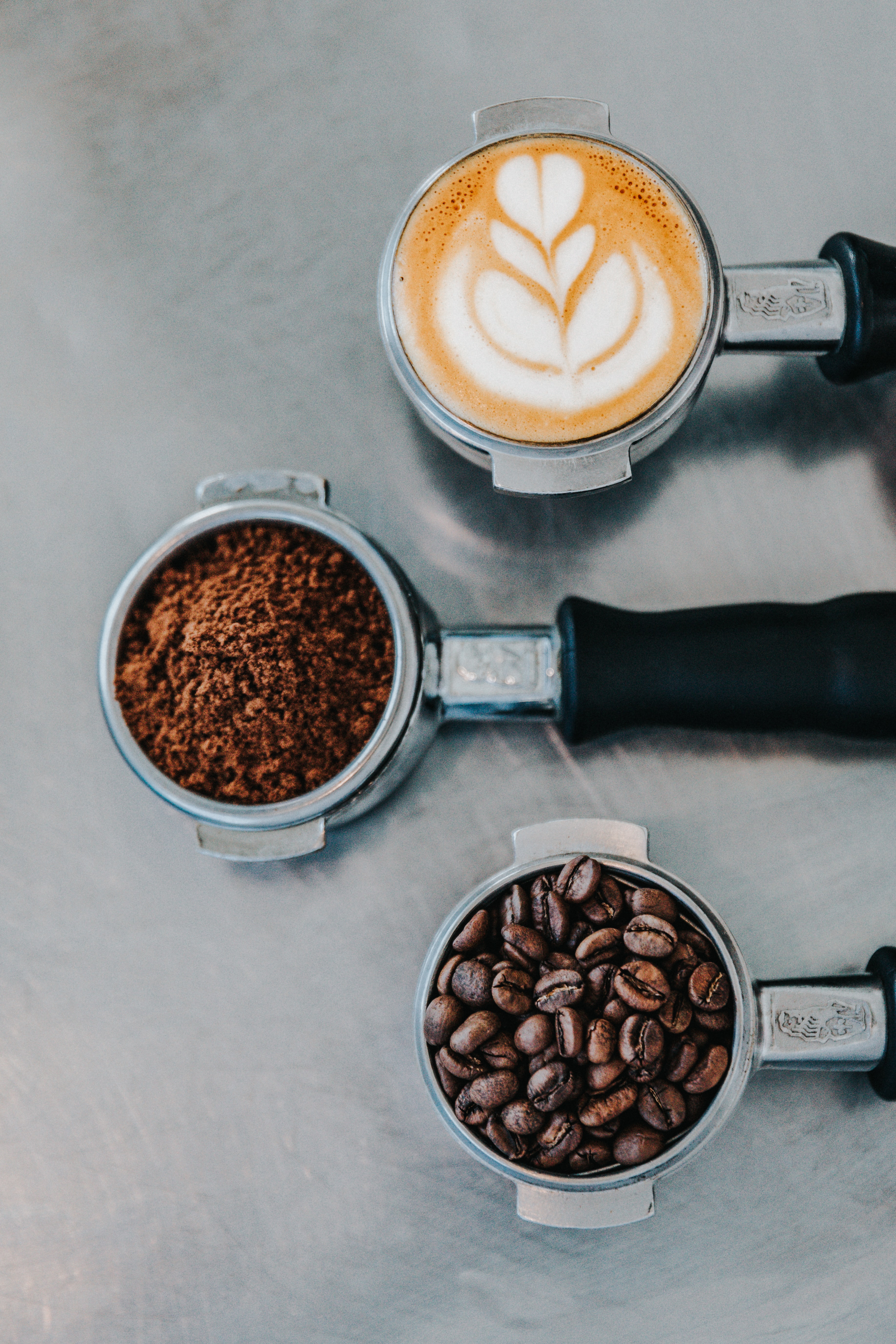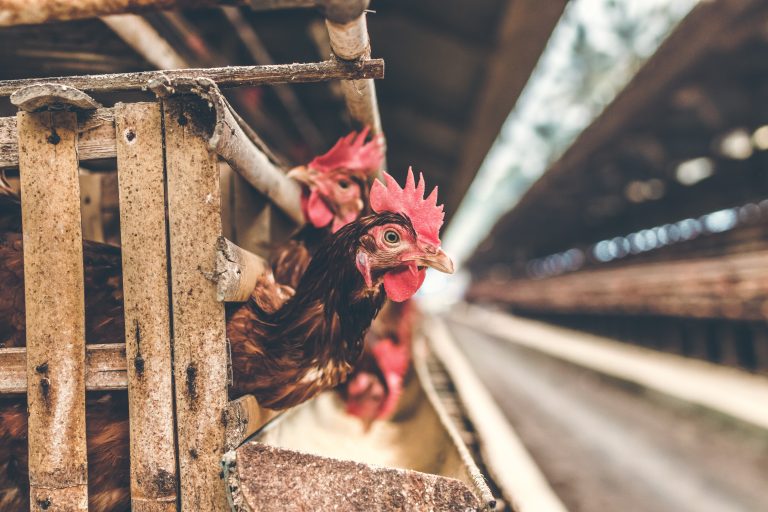Waking Up to Rising Coffee Prices

You, like many people, might look forward to that first sip of coffee to provide the jolt you need to get your day started. Now, you might just have to pay for your coffee to feel a jolt. Rising industry costs are prompting some coffee sellers like Nestle and Maxwell House to raise prices even as they work to lower variable costs like labor. Others are hoping that inflationary trends will boost sales. Waka Coffee for example, is planning to maintain or even lower existing prices hoping that doing so will attract more customers and that increased volume will offset rising costs. Starbucks, arguably a bellwether for the industry, is promoting premium drinks with bigger profit margins while at the same time increasing prices for others.
For coffee sellers, the pandemic has created a series of challenges and opportunities. Coffee houses like Starbucks and Caribou Coffee saw in-store purchases drop measurably in 2020 as consumers shifted to more at-home consumption. Companies that typically rely mainly on grocery store sales benefitted from the shift in buyer behavior but are now also facing new competition as companies like Peets, normally a competitor to Starbucks, look for other outlets including supermarkets for their product. While it is anticipated that in-store purchases will eventually return to pre-pandemic levels, there is still considerable uncertainty in the industry. As with other sectors of the economy, labor shortages and distribution issues continue to contribute to rising industry costs. Perhaps more alarming for coffee sellers though is the likelihood that cold weather has damaged crops in Brazil, the world’s biggest coffee grower. Already coffee futures are at their highest since 2014 and there is concern that bean prices will continue to rise. Some companies are trying to buy in bulk hoping to negotiate lower rates, others like Starbucks, already have significant inventories of beans, although they too will be affected in the longer term. For now, most companies are hoping that their customers will take small price increases in stride, recognizing that prices on everyday items like food and gasoline are also rising.
Discussion Questions
- Some companies are dealing with the rising costs in the coffee industry by maintaining or even lowering prices, hoping that doing so will allow them to capture a bigger share of the market. Other companies are raising retail prices to offset the higher costs they are facing. Discuss the two strategies. What are the benefits of each strategy and what are the drawbacks? Which strategy do you think will ultimately be more effective? Why?
- Do you see a difference in how retail coffee sellers should respond to rising costs in the industry? When it comes to raising prices for consumers, should coffee houses like Starbucks respond differently than companies like Maxwell House that sell their products in grocery stores? Explain.
- During 2020, sales of grocery store coffee rose while coffee houses experienced declining sales. Did your coffee buying habits change as a result of the pandemic? How do you think higher coffee prices will affect your purchasing behavior going forward?
Sources: WSJ: Coffee Jolt Gets Pricier as Costs of Beans, Labor, Transport Rise, Photo by Nathan Dumlao on Unsplash













